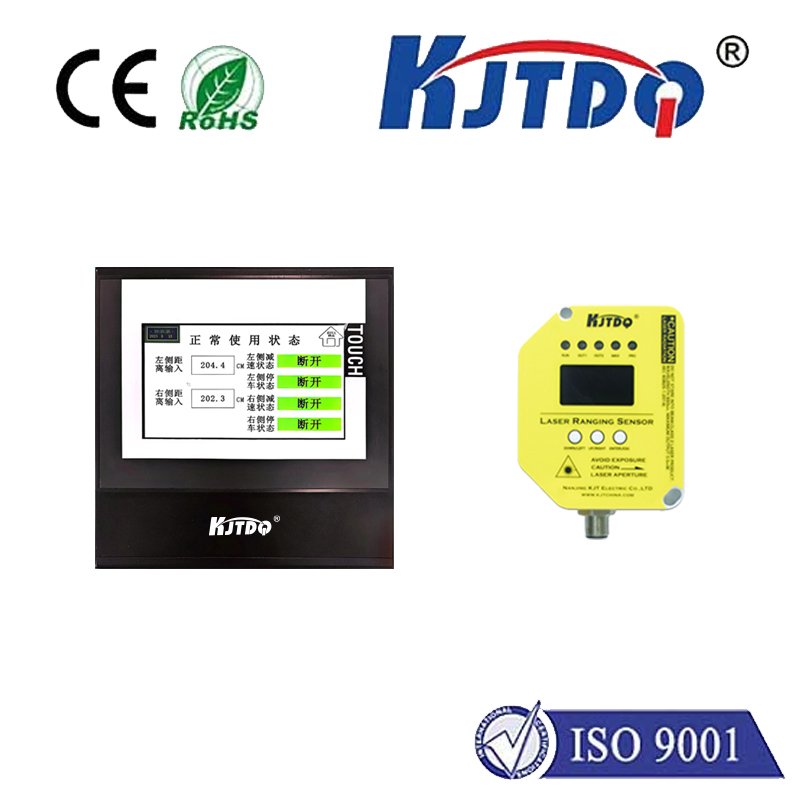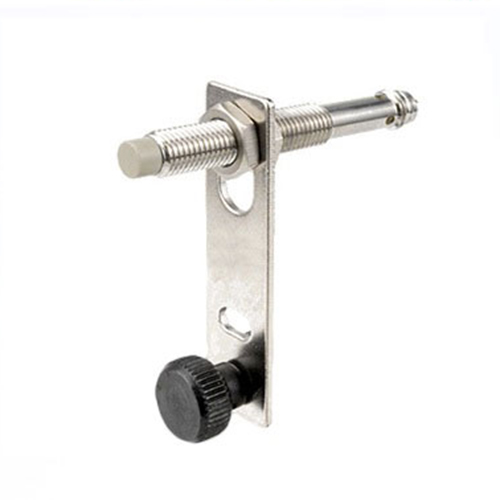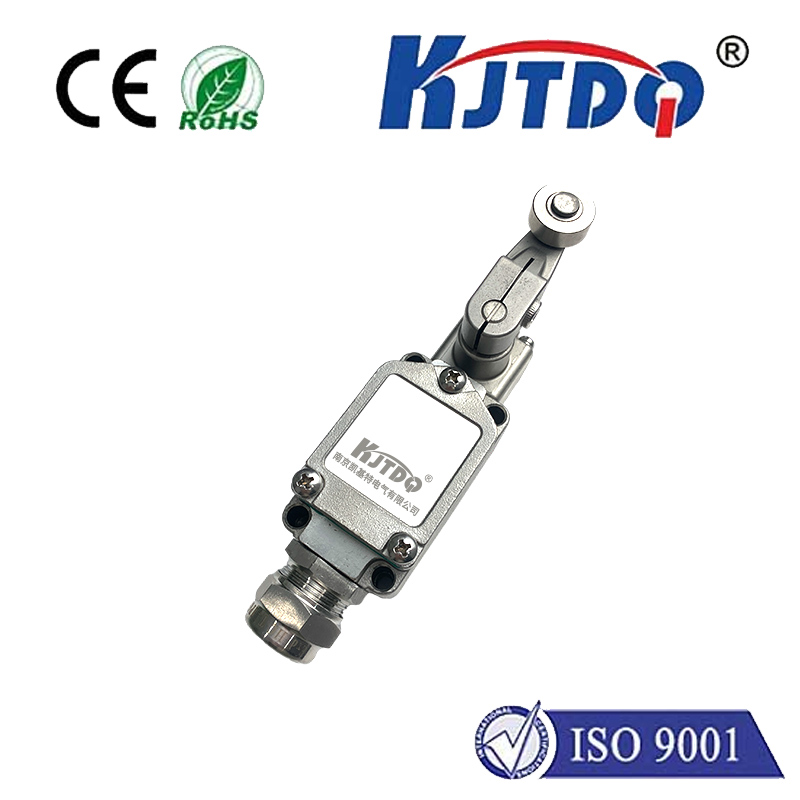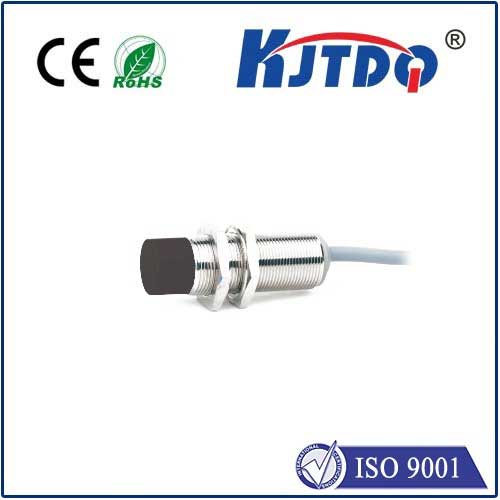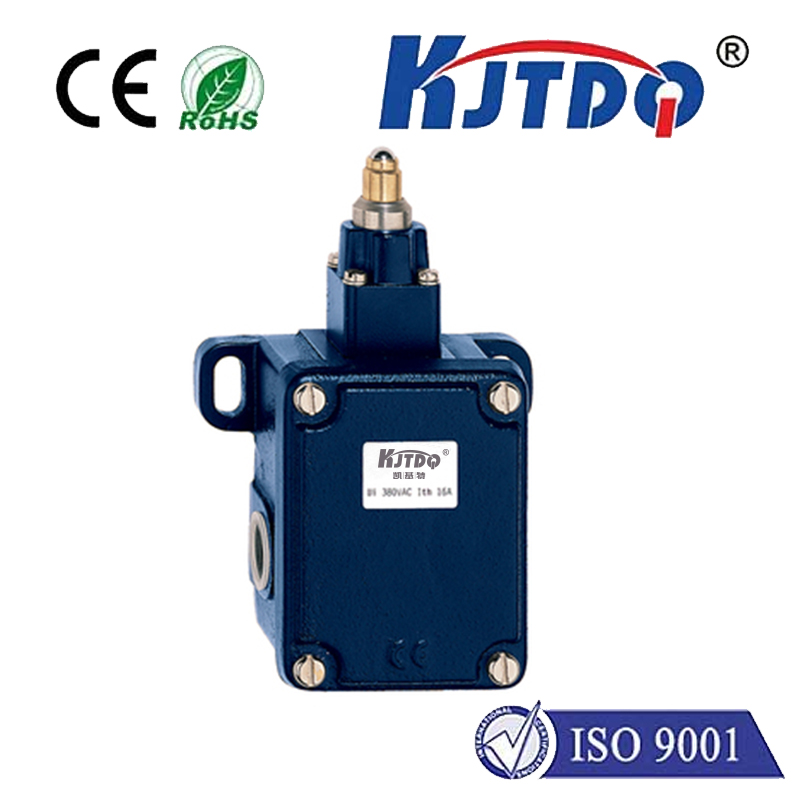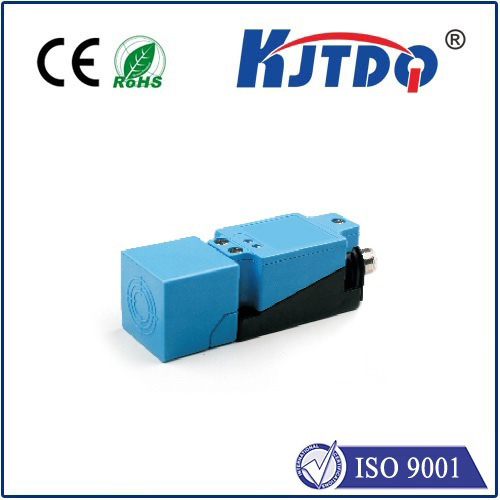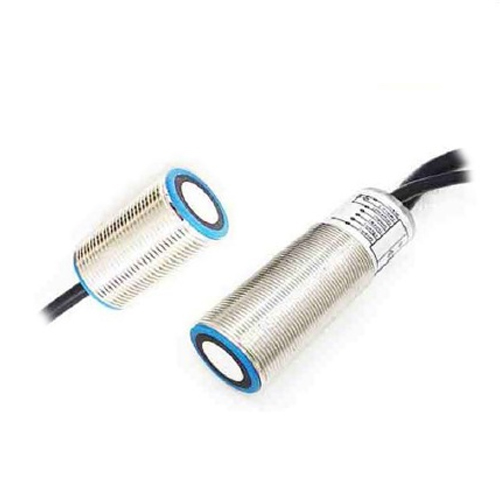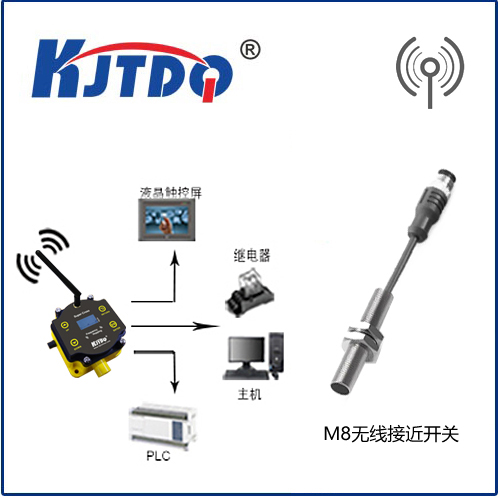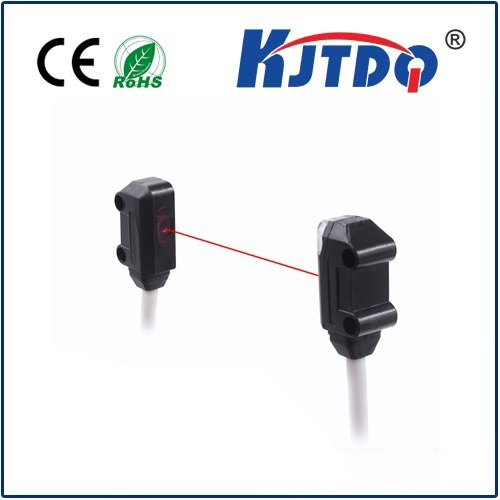

check

check

check

check

check

check

check

check

check

check
Title: Inductive Proximity Sensors: Long Range with High Accuracy
Introduction:
In today's fast-paced and technology-driven world, the demand for efficient and reliable sensors is increasing at an unprecedented rate. One such sensor that has gained significant popularity in recent years is the inductive proximity sensor. These sensors offer a range of benefits, including long-range detection and high accuracy, making them ideal for various applications.
Section 1: What are Induction Proximity Sensors?
Inductive proximity sensors are non-contact electronic devices that use electromagnetic fields to determine the presence or absence of objects nearby. These sensors are widely used in various industries, including robotics, automotive, healthcare, and industrial automation, due to their versatility and reliability.
Section 2: The Advantages of Long Range Inductive Proximity Sensors
Long-range induction proximity sensors have several advantages over their short-range counterparts. Some of these advantages include:
1. Increased Efficiency: Long-range sensors can detect objects from greater distances, reducing the need for multiple sensors in certain scenarios, which in turn saves time and money.
2. Improved Accuracy: As the distance between the sensor and the object increases, the error margin decreases, leading to improved accuracy in detecting objects.
3. Better Coverage: A single long-range sensor can cover a larger area than multiple short-range sensors, making it easier to monitor and control multiple areas simultaneously.
Section 3: Applications of Long Range Inductive Proximity Sensors
Long-range inductive proximity sensors have numerous applications in various industries, including:
1. Industrial Automation: Used to control equipment, track inventory levels, and detect defects in manufacturing processes.
2. Security and Safety: Monitor entrances and exits, protect valuable assets, and ensure the safety of workers in hazardous environments.
3. Robotics: Enable robots to navigate complex environments and interact with objects without physical contact.
4. Healthcare: Assist with surgical procedures by providing accurate information about patients' vital signs and positioning during surgery.
5. Automotive Industry: Help prevent accidents by detecting pedestrians and other vehicles on the road.
Conclusion:
In conclusion, long-range inductive proximity sensors offer numerous advantages over short-range sensors, including increased efficiency, improved accuracy, and better coverage. As technology continues to advance, we can expect these sensors to become even more sophisticated and versatile, further enhancing their usefulness in various industries and applications.
